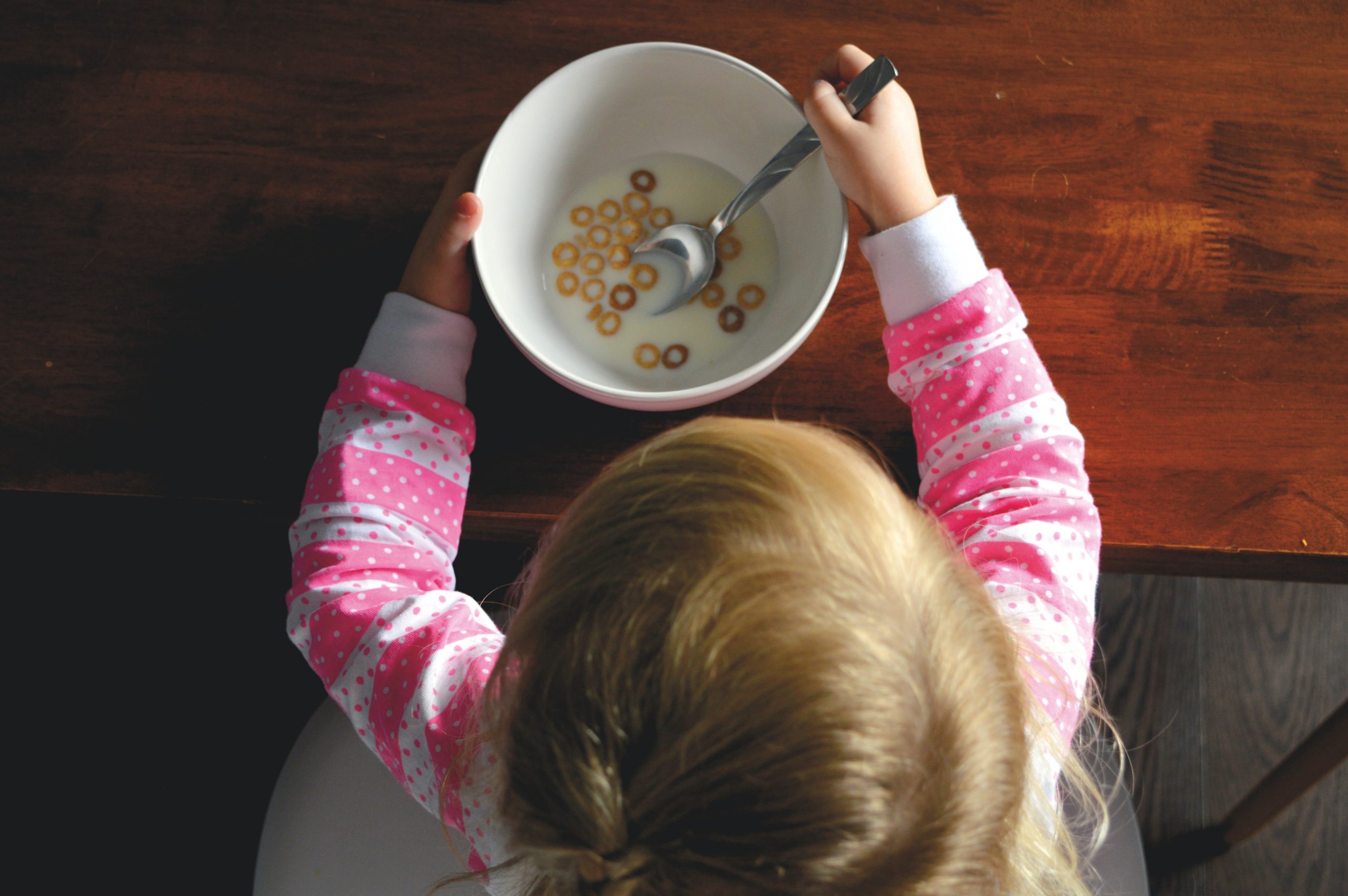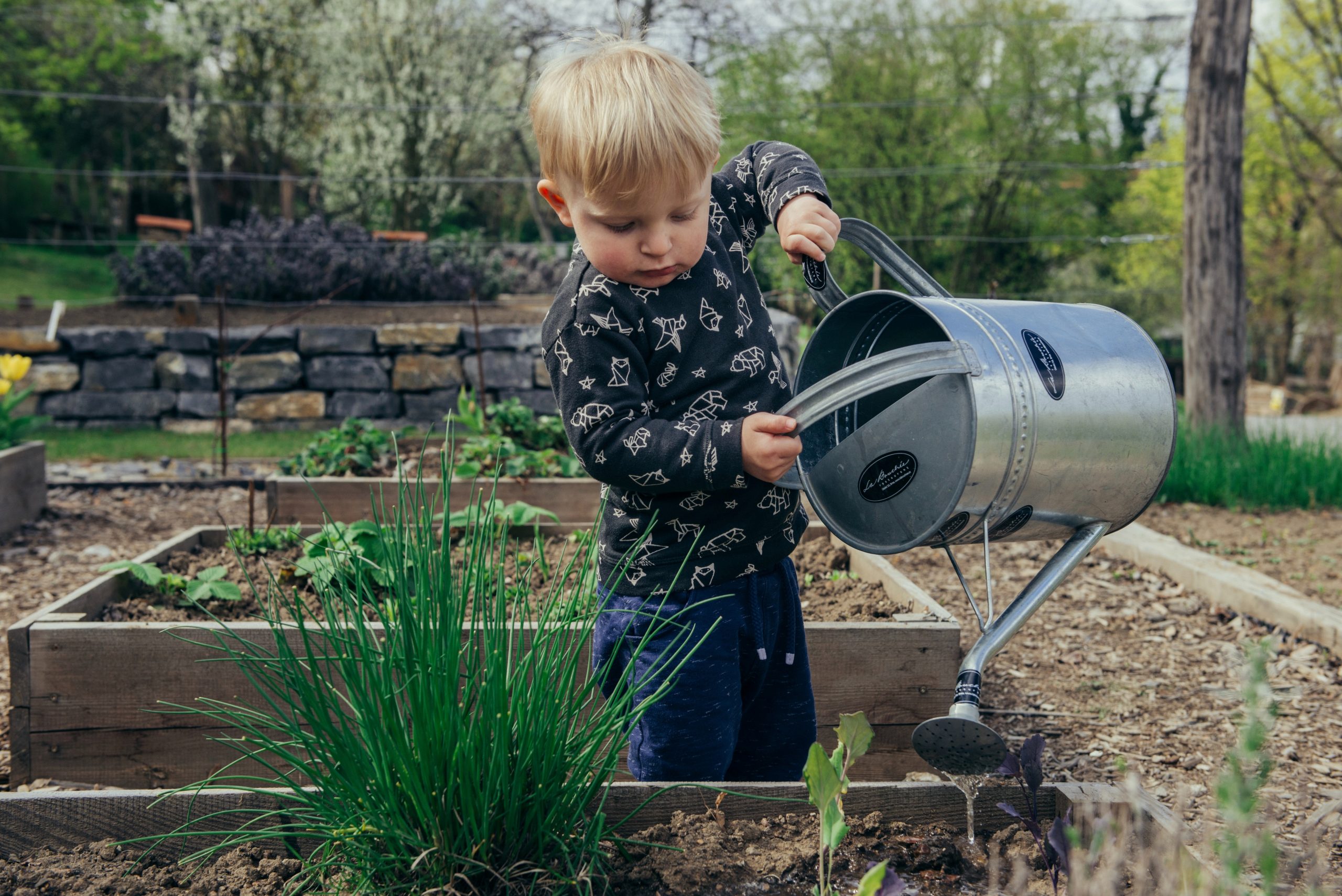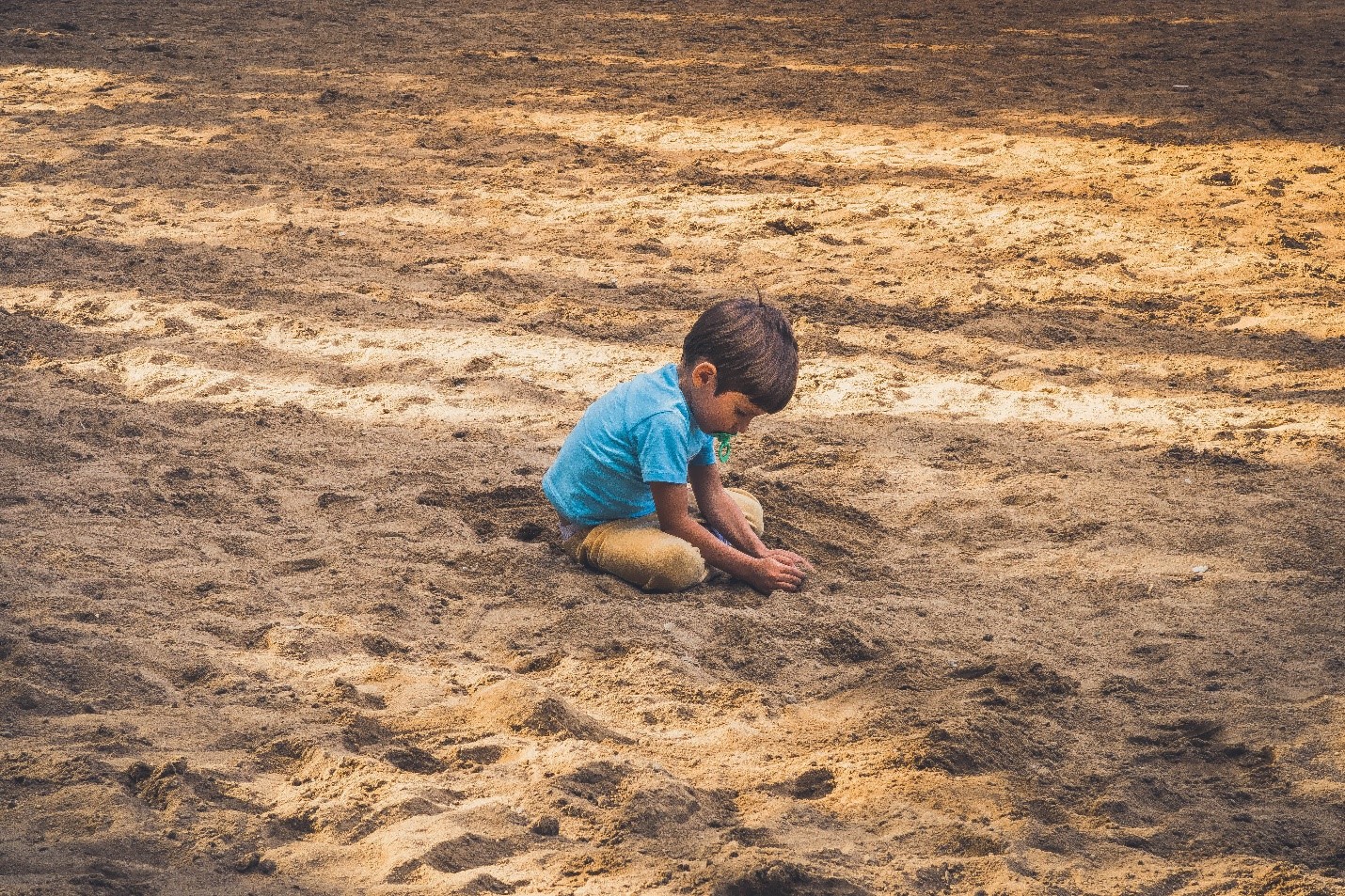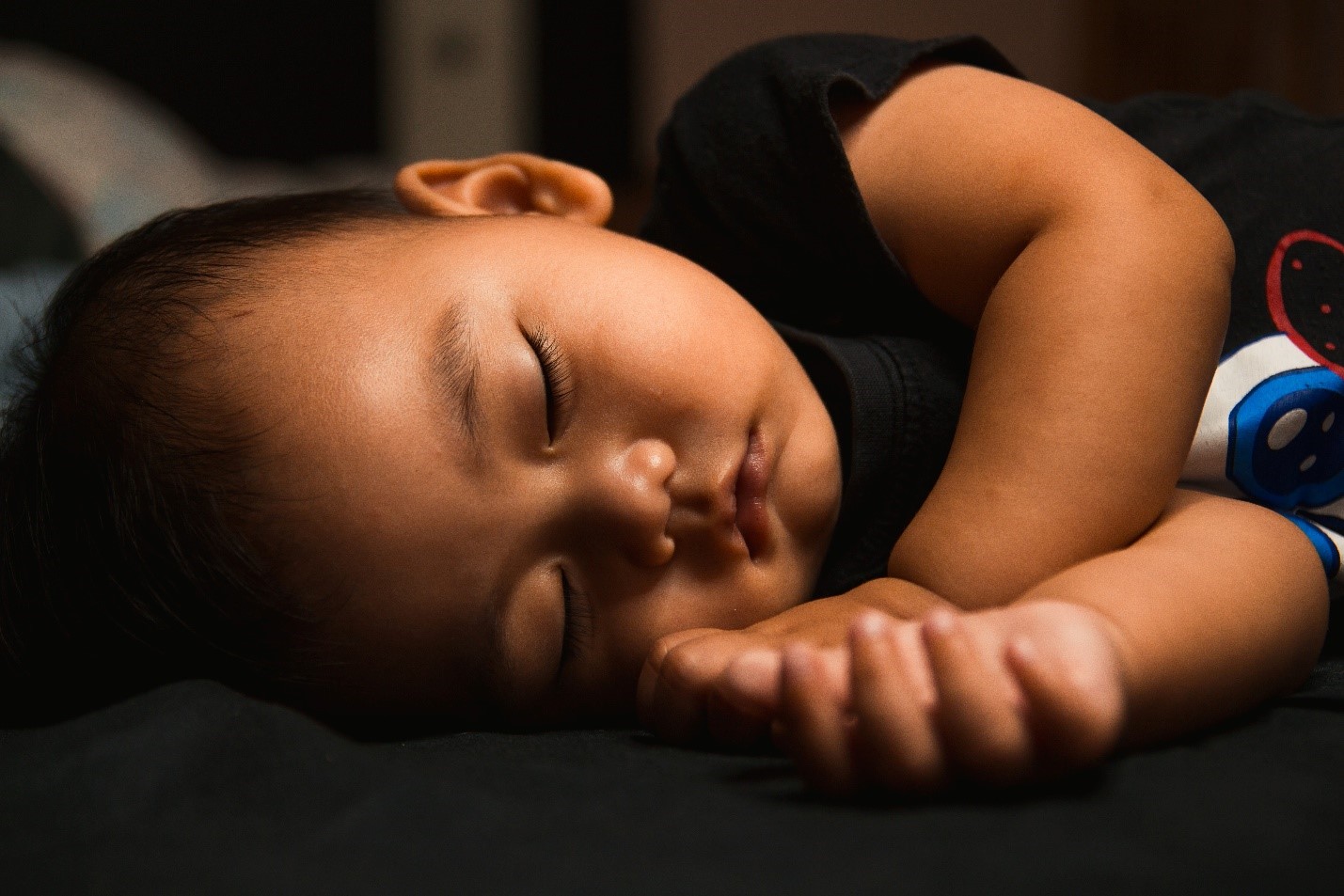One of the biggest challenges parents face is figuring out how to make their child’s schedule work. It can be a daunting task, and many parents end up feeling like they are doing it wrong because their child isn’t happy with the routine.
The best routine for a 2-year-old is one that considers what they want and need. Different individuals can have slightly varying schedules from one another. However, a good framework to start with looks like this:
- 7:00 AM – Wake up
- 8:00 AM – Breakfast
- 9:00 AM – Activities
- 11:30 AM – Lunch
- 12:00 PM – Rest
- 2:30 PM – Activities and snacks
- 5:00 PM – Dinner
- 6:30 PM – Bath
- 7:00 PM – Family time
- 8:00 PM – Bedtime
This article will give an outline for an excellent schedule to follow and discuss the different benefits of having a schedule in your life.
Do 2-Year-Olds Need a Daily Schedule?

A schedule is a must for toddlers. It will help them feel secure and make the day go more smoothly. The schedule should be made in conjunction with your child. If they don’t understand what’s going on, then the schedule won’t work. To create a routine that you and your child will follow every day, remember to be clear and consistent.
Breakdown of Daily Schedule for a 2-Year-Old Child
Although there are many schedule examples out there, this is one that kids love. Here’s what the day would look like:
7:00 AM – Wake Up
Seven o’clock in the morning is a great time for a 2-year-old to start their day. It gives them enough time to wake up slowly, be active in their crib or playpen for a bit and even start breakfast before the rest of the family wakes up.
Many children this age are not morning people, so it’s best that they have some “alone” time when no one is watching. This helps build self-esteem by helping them know they can play by themselves.
8:00 AM – Breakfast

After you’ve had some time to wake up, it’s important that your toddler eats something. This will help them stay energized throughout the day and avoid tantrums due to hunger.
Breakfast time can also be an opportunity for teaching your 2-year-old some responsibility. They can learn to set the table and pour their own milk.
Of course, this doesn’t have to be a formal process if you don’t want it to be.
It’s important that you are clear about what your child should do, but also flexible enough so they don’t feel overwhelmed or nervous.
9:00 AM – Activities
After breakfast, there are many activities that you can do with your child. The goal is to keep them busy so they don’t get bored or act up.
Activities include: outdoor playtime (with supervision), arts and crafts projects, board games, movies, TV shows appropriate for their age group, and more!
There are many websites and books you can reference for ideas. Just make sure anything you pick is something that your child will enjoy doing, because if they don’t like it, then the activity won’t work!
11:30 AM – Lunch Time
After all of their activities are done (around 11:00), give them a snack to help them get through the next few hours. After this, it’s time to give them lunch.
Lunchtime is a great opportunity for bonding with your child and spending some quality time together while they eat.
12:00 PM – Rest Time
After lunch, it’s time for a nap. Toddlers need plenty of rest to make it through the day and avoid getting sick or cranky!
This is why naps are so important at this age because they get both physical AND mental restoration during sleep.
It’s also good for parents who need a break to relax or run errands.
Of course, this time can also be used for your toddler’s alone playtime again if they are not napping. They may even fall asleep on their own!
2:30 PM – Activities and Snacks

After naps and all of their alone playtime, it’s time for another snack. Keep in mind that if your toddler is still sleeping, you can just skip this step until they wake up!
Once your child wakes up from a nap or rest time, give them an early dinner so they don’t get too tired before the end of the day.
Depending on how you schedule your toddler’s playtime, this may be their second alone time for the day if they didn’t have any before lunch or naptime.
As long as your child is happy and occupied without getting into too much mischief, then it doesn’t really matter what activity they do during this time. It could be the same as before or something completely different!
5:00 PM – Dinner
After all of their activities are done for the day, it’s time to give them dinner.
Dinner is a good opportunity for you and your spouse to spend some quality time with your toddler before bedtime so they aren’t too wound up when it comes time to sleep!
At this age, toddlers should be able to eat most foods that the rest of the family eats – especially with protein and iron which help their bodies grow strong!
Just make sure they aren’t too full when it’s time for bed, because then you will have a hard time getting them to sleep if they are uncomfortable or bloated.
6:30 PM – Bath
After dinner is finished, it’s time to give your toddler a bath. This is an important step for many reasons!
First of all, they will feel refreshed and clean after their bath (in addition to smelling great). It also helps them relax before bedtime so they aren’t in a hyper mood.
After their bath, get them into pajamas, and brush their teeth. This is also the perfect time to give them a bottle or sippy cup of milk if they still drink from one before bedtime.
7:00 PM – Family Time

Before you put your toddler to bed, spend some time with them. This is a good chance for the family to bond before they go off to sleep!
It also gives you a chance to get any last-minute kisses or hugs in so it isn’t rushed during bedtime. Keep this step short though because your toddler will get cranky if they are exhausted!
This is a great time to read them a bedtime story, sing them a lullaby, or even just talk!
8:00 PM – Bedtime
Finally, it’s time for your child to go off to sleep. Make sure their room is dark and quiet so they can achieve the best rest possible.
You can leave their bedroom door open so you are not too far away if they need something during the night. Just make sure it’s shut before bedtime to create a relaxing environment!
Remember that toddlers at this age will often wake up two or three times throughout the night, so don’t worry about being there for every single one of them!
Instead, just go in to soothe them and re-position their body if they are too restless. It may also be helpful to bring a nightlight or sound machine with you to help ease your toddler back into slumber without being startled by the darkness.
This schedule can be altered based on what your child likes to do. If you have a toddler, then the “family time” hour can be replaced with quiet time. You can also change your child’s nap or rest times if they are having trouble sleeping at night.
Tips for Creating a Daily Routine for Kids
The following tips are helpful in creating a new and effective daily routine.
Keep It Flexible
As mentioned earlier, remember that toddlers are still learning so even if you have the perfect schedule, it’s great to be flexible with them. This is especially important when they’re sick or having a bad day since there isn’t much parents can do about it except make sure their child gets extra love and attention.
Having a flexible schedule will allow you to enjoy your child while still making sure that they’re getting the proper care and attention they deserve.
It also teaches your kids to be more flexible and adapt to new situations such as changes in schedules.
Be Consistent
Consistency is key when it comes to having a schedule for your 2-year-old. If you don’t follow the same routine every day, then they won’t know what’s going on and will get confused (and possibly anxious) about their daily activities.
This is especially important for kids who have already started preschool or daycare since they’re used to knowing what’s going on and having a schedule.
If you can stick to a schedule and make sure your child follows it as well, then they will feel more confident about their daily activities which is always a good thing!
Weekday vs Weekend Schedules

When it comes to having a weekday vs weekend schedule, the best thing you can do is use your child’s personality as a guide.
If they’re super active and love going out, then stick with a busy week outside so that their weekends are spent relaxing at home.
Conversely if your 2-year-old loves being inside all day because of bad weather then have a busy weekend and have a more relaxed weekday schedule.
The best way to decide which kind of schedule is right for your child is to pay attention to their preferences throughout the week/weekend so that they feel comfortable with what’s going on.
Learn to Adjust
As mentioned before, toddlers are still learning so it’s important to recognize that they might not be able to accomplish everything you want them too.
This is especially true when they’re sick or having a bad day since there isn’t much parents can do about it except make sure their child gets extra love and attention!
The best thing you can do for your 2-year-old during these times is to help them understand that if they don’t feel well then their activities will have to be adjusted.
By doing this it will help your child feel better about themselves since they know that you still love them no matter what their current situation is.
What if My Child Goes to Nursery or Preschool?
If your child goes to nursery or preschool, then it’s important to make sure their schedule is similar during the week and weekends.
This way they know what’s going on at all times which can help them feel more confident about their daily activities.
By doing this you’re showing them that even though there are different people taking care of them during the week, they still love them and care about what’s best for their child.
This can help your 2-year-old adjust to the changes easier since they know that you’re always there no matter where they are!
Here’s an example of a schedule that incorporates a morning preschool period:
7:00 AM: Wake up
8:00 AM: Breakfast
9:00 AM: Preschool
11:30 AM: Lunch
12:00 PM: Rest
2:30 PM: Activities and snacks
5:00 PM: Dinner
6:30 PM: Bath
7:00 PM: Family time
8:00 PM: Bedtime
Is Naptime Necessary?

Naptime is always a good idea since it helps your child sleep longer during the night which means they’ll be more rested for their daily activities!
If you have any problems with them not wanting to take naps, then try using some of these tips that can help them get into the habit faster.
These are just examples but there’s nothing wrong with doing what works best for your family and adjusting it to fit their needs.